A practical guide for the study of human and murine sebaceous glands in situ
September 2013
in “Experimental Dermatology”
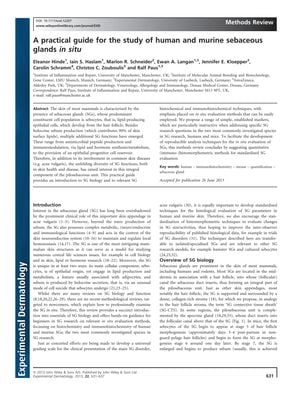
TLDR The guide explains how to study human and mouse sebaceous glands using various staining and imaging techniques, and emphasizes the need for standardized assessment methods.
The document from 2013 serves as a guide for studying human and murine sebaceous glands (SGs) in situ, providing techniques for visualizing and quantifying SGs and sebocytes. It recommends using routine histochemical stains like H&E, PAS, and lipid-specific stains, as well as immunohistochemical and immunofluorescent markers to study differentiating sebocytes and progenitor cells. The guide highlights the importance of quantitative morphometry for assessing SG architecture and suggests using three-dimensional methods and image analysis software for more accurate analysis. It also discusses the use of proliferation markers like Ki67, BrdU, and EdU, and apoptosis markers such as TUNEL and cleaved caspase 3, while noting the limitations of some of these markers. The document encourages the standardization of SG assessment criteria for future clinical trials and acknowledges technical and financial support, with no conflicts of interest declared.
View this study on onlinelibrary.wiley.com →
Cited in this study
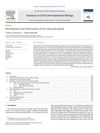
research Development and homeostasis of the sebaceous gland
The document concludes that understanding the sebaceous gland's development and function is key to addressing related skin diseases and aging effects.

research Prostaglandin D 2 Inhibits Hair Growth and Is Elevated in Bald Scalp of Men with Androgenetic Alopecia
PGD2 stops hair growth and is higher in bald men with AGA.
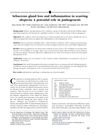
research Sebaceous gland loss and inflammation in scarring alopecia: A potential role in pathogenesis
Loss of sebaceous glands and inflammation may contribute to the development of scarring alopecia.
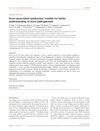
research Acne-associated syndromes: models for better understanding of acne pathogenesis
The document concludes that certain genetic mutations and dietary factors are involved in acne development, and treatments like isotretinoin and diet changes can help manage it.
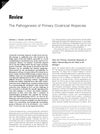
research The Pathogenesis of Primary Cicatricial Alopecias
The document concludes that more research is needed to better understand and treat primary cicatricial alopecias, and suggests a possible reclassification based on molecular pathways.
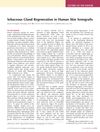
research Sebaceous Gland Regeneration in Human Skin Xenografts
Human sebaceous glands can grow back in skin grafts on mice and work like normal human glands.
research New developments in our understanding of acne pathogenesis and treatment
We now understand more about what causes acne and this could lead to better, more personalized treatments.
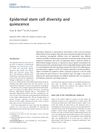
research Epidermal stem cell diversity and quiescence
Epidermal stem cells are diverse and vary in activity, playing key roles in skin maintenance and repair.

research The Hair Follicle as a Dynamic Miniorgan
Hair follicles are complex, dynamic mini-organs that help us understand cell growth, death, migration, and differentiation, as well as tissue regeneration and tumor biology.

research Scalp dermoscopy of androgenetic alopecia in Asian people
research Sexual Hormones in Human Skin
Human skin makes sexual hormones that affect hair growth, skin health, and healing; too much can cause acne and hair loss, while treatments can manage these conditions.
research Analysis of Hair Follicles in Mutant Laboratory Mice
Understanding normal hair follicle development helps analyze abnormalities in mutant mice.
research Acne and sebaceous gland function
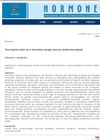
research The human skin as a hormone target and an endocrine gland
Human skin acts like a hormone-producing organ, making and managing various hormones important for skin and hair health.
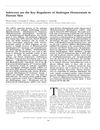
research Sebocytes are the Key Regulators of Androgen Homeostasis in Human Skin
Sebocytes play a key role in controlling androgen levels in human skin.